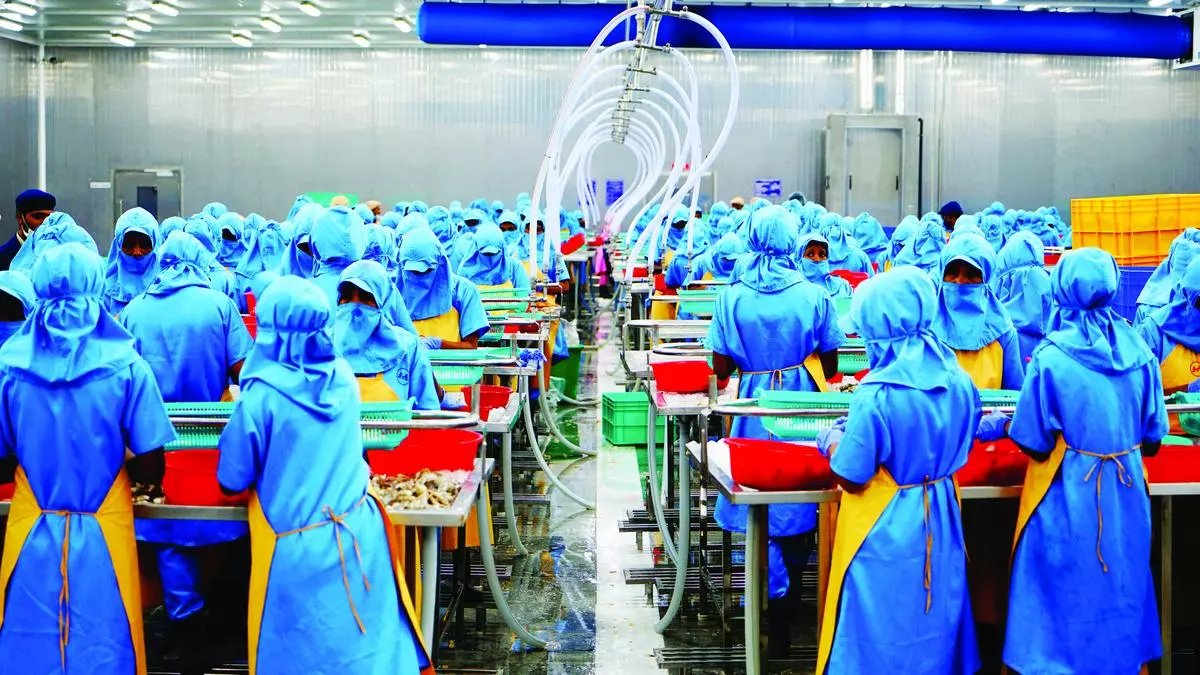If you eat millets, you don’t need to bother about industrial food fortification and in millets you have all the essential nutrients, such as zinc, iron, and calcium. Raj Bhandari, member of the National Technical Board on Nutrition (NTBN), has said that the onus is on us to identify the positive attributes and make people aware of them.
Addressing the inaugural session of the three-day International Millets Conference here on Thursday, he said that global agricultural productivity was expected to come down by 20 per cent by 2050. “On one hand, productivity is coming down, on the other, we are supposed to feed more people. By 2050, we have to provide food to 9.2 billion. A large number of people across the globe are suffering from hidden hunger,” he said.
Stating that millets would help in addressing the challenge of nutritional deficiencies, he said millets could also withstand high temperatures.
- Also read: India’s H1FY25 pulses imports rise 73 per cent to $2.18 billion
Sagar Hanuman Singh, Director-General of the National Institute of Plant Health Management (NIPHM), said that there was a good opportunity for millet exports. “Exports are mostly happening to African region and Middle-East. We can explore opportunities in exporting millets to Europe, the US, and Southeast Asia,” he said.
Experts at the inaugural session felt that the momentum that the International Year of Millets provided last year should be carried forward.
Ch Srinivas Rao, Director of ICAR-NAARM (The National Academy of Agricultural Research Management), said there was a need to address production barriers and make millet cultivation remunerative.
“We need to work on growing millets, keeping in mind the regional food habits. We should also provide market linkages. There is a need to promote aggregation (of the produce),” he said.
R Hemalatha, former Director of the National Institute of Nutrition (NIN), said that about 70-90 per cent of calories that people consumed came from refined grains. “We pay little importance to consuming vegetables,” she said. “Millets with complex carbohydrates and high fibre content help stabilise blood sugar. And, stable blood sugar levels avoid spikes and dips, ensuring consistent energy and mood,” she added.
- Also read: IFBA releases report on food wastage, suggests policy actions and global collaboration
B Daytakar Rao, Chief Executive Officer of ICAR-Indian Institute of Millets Research, said that millets were no longer an option. “It is an imperative for us to embrace millets,” he said.
“We should not be asking consumers to eat whatever we produce. We should provide options to consumers and allow them to choose the ones they prefer,” he said.




